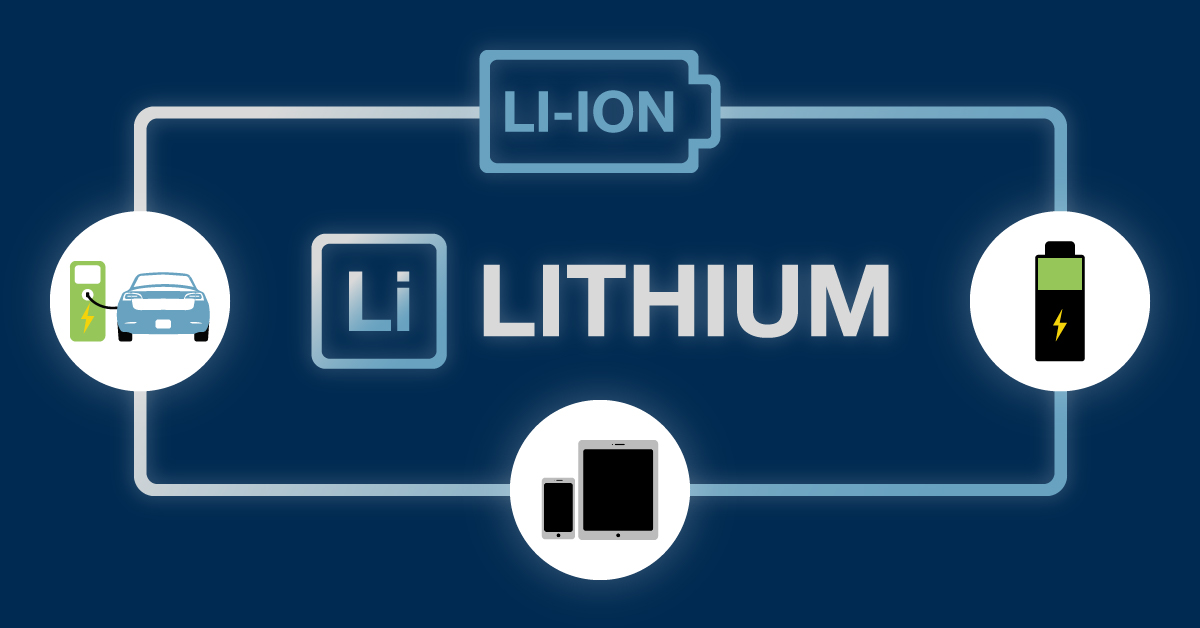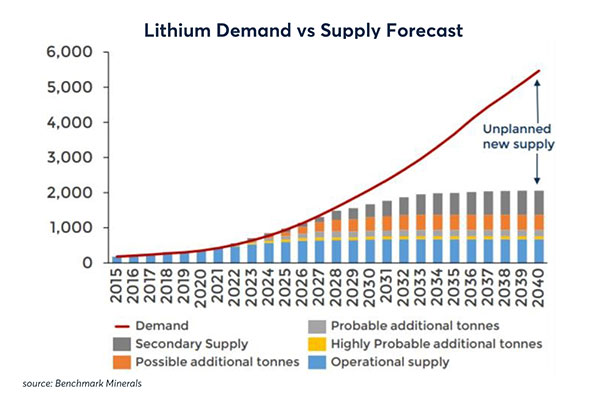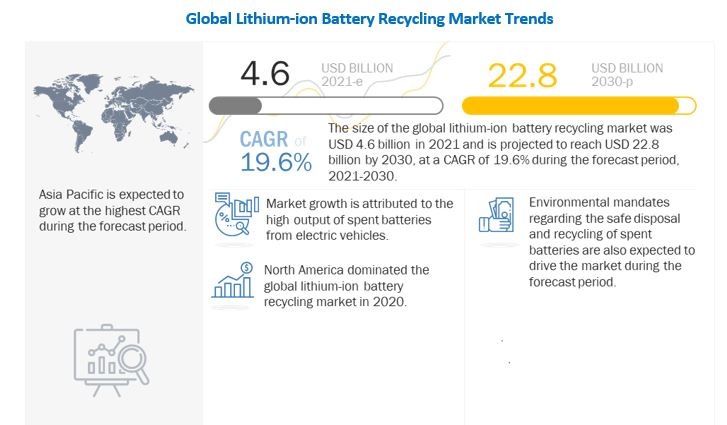The world is in search for investments, innovations or even businesses that help expand the renewable market and it has turned out to be helpful in the long run.
With clean energy seen to be driving the future, the need for newer, simpler and easily accessible technologies is being fed in time and hence the alternatives continue to flood the markets.
This normally arises because of the challenges or problems around the available cleaner technologies like shorter run, volatility in batteries, unavailability of Lithium or reduction of waste in Wind energy, limiting redundancy in Solar, efficiency in Biofuels.
Experts have dared to criticize and point out the polluting elements in almost every cleaner energy form, the most debilitating one for our ambitions, being the harm and threats Lithium supply chain pose to the environment.
For instance, in the times when electric vehicles are attracting greater demand with even intense, insinuating and treacherous impacts of climate change, humankind is left with no patience to accept technology with loopholes.
But it has been observed how Lithium, being used to power several thriving technologies, has remained the favorite one along the run.
Lithium: Demand outstripping the Supply
Beyond the year that saw uncertainty in almost all market forces, prices for Lithium have soared an all-time high as the sales for electric vehicles (EVs) have increased globally.
As the lithium market outperformed its experts’ expectations throughout the derailing year 2021, with trading prices reaching well above US$30 per kilogram, it depicted the resilience of the commodity’s demand.
An expert explains: “(They are) now above US$40 per kilogram in China, underscoring a rise of nearly 60 percent during the (fourth) quarter, and nearly 500 percent across 2021”.
The global lithium battery market is projected to grow substantially in coming years, from 30 billion U.S. dollars in 2017 to over 100 billion U.S. dollars by 2025.
This can even be understood from the stupendous rise in the adoption of EVs: “EV sales were spectacular in 2021. In the January to October period, sales have grown by 189 percent in China, 157 percent in Europe (January to September pro rata) and by 94 percent in the US.”
But what remains troubling is the selective occurrence of Lithium as a metal with Australia being the largest producer or 75 per cent of its existing reserves to be concentrated in the Lithium triangle (Chile, Bolivia, and Argentina).
Therefore, production does not seem to satiate the global demand for this treasure.
“While by year-end 2022 the rate of production might be higher than actual consumption, production will have taken time to ramp up to that level, plus apparent demand will be higher than actual demand given the need to restock and build up working stock for the new manufacturing capacity being brought online”.
“We expect growth in supply to be outpaced by demand growth in 2022, which should provide beneficial pricing to the majority of current lithium producers”.
“A lot of new/additional supply will ramp up, some of it already has, which will help alleviate the immediate tightness, but this new supply will need to be qualified”.
Red Alert: a lithium crisis up ahead
Fastmarkets explained: “A majority of market participants noted that battery-grade lithium hydroxide was as hard to secure as battery-grade lithium carbonate in the spot market, with demand for the former remaining strong”.
Consequently, there is a shortage worldwide and Lithium carbonate prices have reached the record highs in last year because of excessive demand from Chinese battery makers.
“The battery-grade lithium hydroxide price is catching up with that of battery-grade lithium carbonate this week, due to scarcity of spot units. And this supply shortage is not going to be eased any time soon.”
To add to greater woes of the industry, Serbian government has cancelled licenses for a major lithium project owned by Anglo-Australian mining company which has been anticipated to prolong the supply shortage to mid-decade.
An in- depth analysis has estimated lithium hydroxide monohydrate, LiOH.H2O valuing around $45,697-48,848 per tonne, recording a 10.09% increase from its previous week.
On the other hand, lithium carbonate Li2CO3 can cost $55,213 – 58,368 per tonne from just $1,577-3,155 per tonne a week earlier.
One reason has been the restocking practice of the raw material in China before New Year holidays.
“China’s battery-grade lithium carbonate price slowed down its rally ahead of the Chinese New Year with domestic transportation starting to come to a halt in the second half of this week.”
Secondly, both battery-grade lithium hydroxide and carbonate feed on spodumene, which is costly in today’s market due to limited availability.
A study explains: “Battery-grade lithium carbonate will remain in a shortage and market participants broadly expect demand to remain steady, which would support prices”.
Similar is the fate for nickel, another highly-valued and crucial component used in batteries, which saw a 4.4 per cent rise in its price to $22,745 a tonne in Jan 2022.
As per the estimate by International monetary fund (IMF), an electric vehicle battery pack requires 8 kilograms (18 pounds) of lithium, 20 kilograms of manganese, 35 kilograms of nickel and 14 kilograms of cobalt.
This estimation is irrespective of the elements needed in setting up the infrastructure required for charging.
The ‘Green’ Revolution and the Bumps removed repeatedly:
With prices of battery input materials soaring, the economical sustainability of EV is shadowing the ecological sustainability it renders.
Therefore, one needs to address this challenge as it can potentially disrupt a smooth transition to electric mobility that serves as a promising strategy for decarbonizing the current world and limit the future ones.
With shortages in place, stress over investments during the pandemic, the greenwashing techniques deployed by the fossil fuel industry and the energy crisis that is expected to visit us on our way to transition convincing the world of its dire need for fossils, the path to sustainability is not going to be easy.
But since when the humankind has not been blessed enough to attempt the difficult and fight the inevitable?
Undoubtedly, every problem on this planet is always accompanied with a solution, only if we see. When there are enough resources at use and even renewables become inaccessible, effective recycling can help in longer run.



